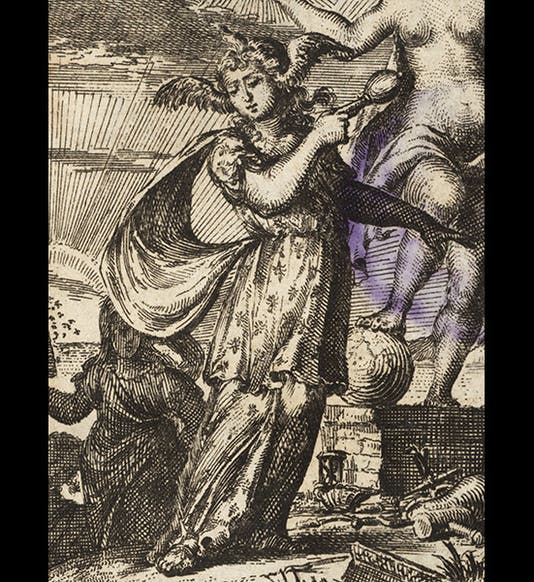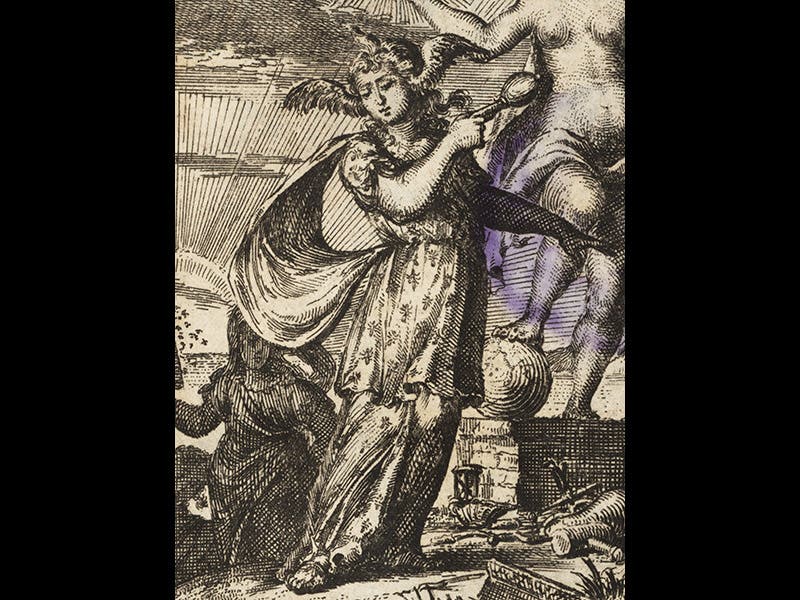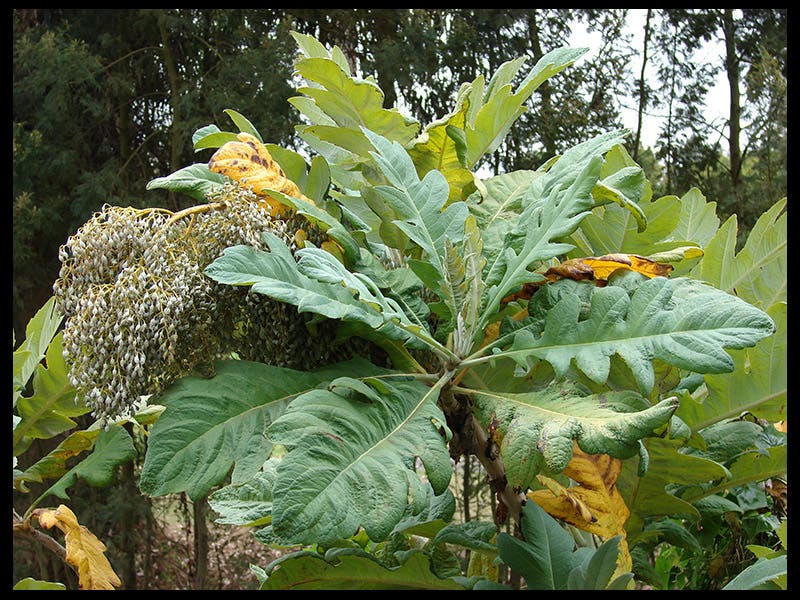Scientist of the Day - Paolo Boccone
Paolo Boccone, a Sicilian botanist and naturalist, was born Apr. 24, 1633. Boccone became botanist to the Grand Duke of Tuscany in Florence, and he seems to have retained that position throughout his life, although he spent much of his time elsewhere, especially in Paris, where he introduced noble families there to the joys of amassing personal museums, or collections of curiosities, as they were often called. He published several works with similar sounding titles: Researches and natural observations on the productions of stones (1671); Researches and observations on the nature of corals (1671); Researches and natural observations (1674), the first two published in Paris, the third in Amsterdam, a bit unusual for a Sicilian. The last book begins with a rich allegorical frontispiece (second image), showing naked Truth being revealed by experimental Inquiry (wearing a cloak covered with ants and wielding a magnifying glass; first image), while father Time, who used to have the job of revealing truth, now lolls indolently in the foreground.
Boccone believed strongly that fossils such as tonguestones and ammonites, which previously had been characterized as productions of the earth, were in fact the remains of living creatures. He was not the first to make this argument in print—Nicholas Steno had done so in 1667—but Steno limited himself to explaining the origins of tonguestones, arguing that they were once shark’s teeth, while Boccone cast a much wider net, applying the organic-origins argument to virtually all figured stones. At some point, Boccone took holy orders, became a Cistercian, and adopted the clerical name of Sylvio, under which name he published his last books in 1697. We have copies of five of his publications in the History of Science Collection, including all the ones mentioned here, plus his last work, Museo di Fisica e di Esperienze Variato (1697), which includes a portrait (third image).
Linnaeus named a genus of plants after Boccone, the Bocconia, or tree poppy, which is not, we observe, too impressive a plant (fourth image). He deserves something showier.
Dr. William B. Ashworth, Jr., Consultant for the History of Science, Linda Hall Library and Associate Professor, Department of History, University of Missouri-Kansas City. Comments or corrections are welcome; please direct to ashworthw@umkc.edu.










